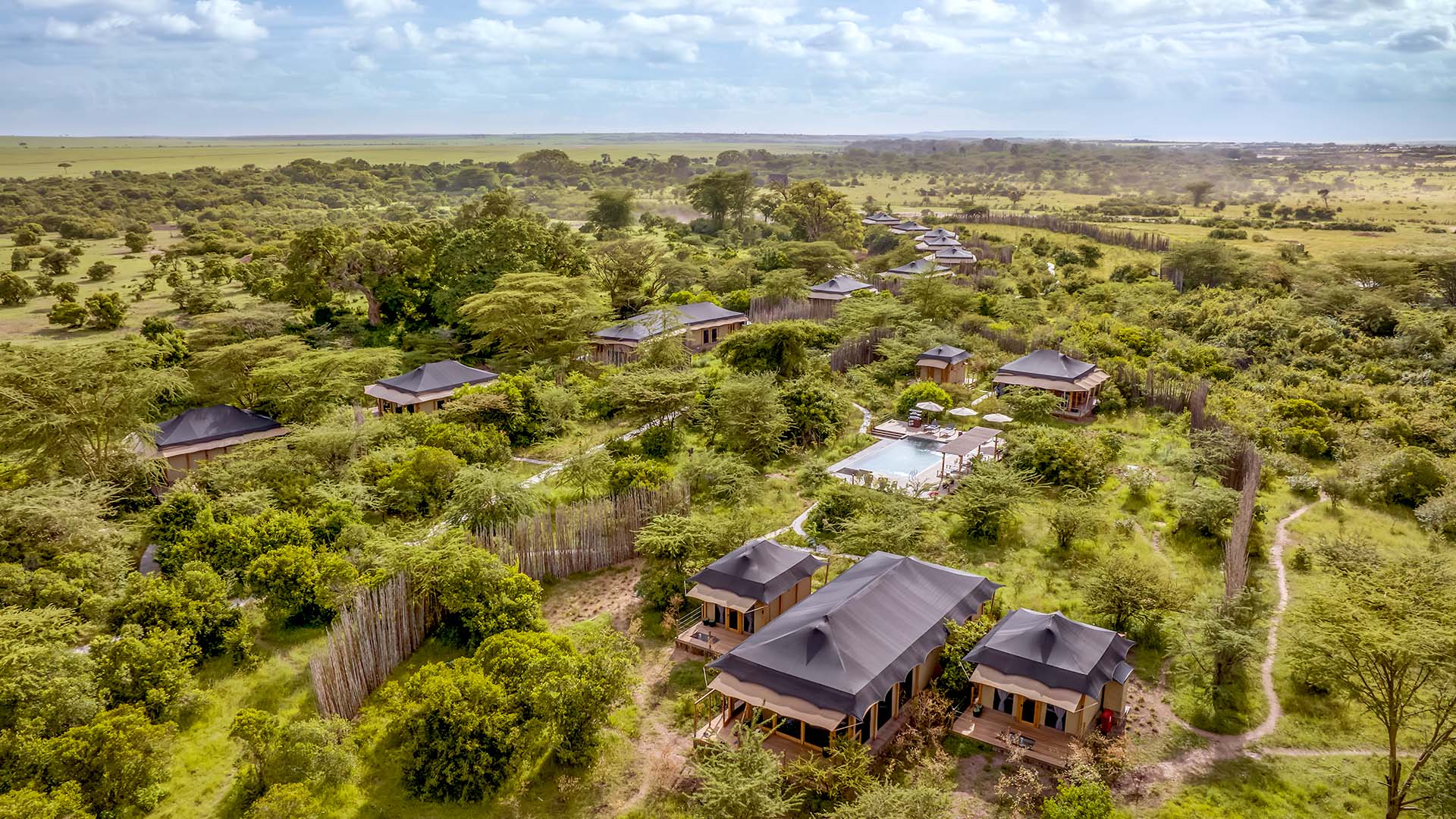Sucheta contributes to AFAR, Travel+Leisure, TIME Magazine, Atlanta Magazine, AAA, Conde Nast Traveler, CNN, Southern Living, Fodor’s Travel, Marriott Bonvoy Traveler, HuffPost, Thrillist, Georgia Trend Magazine, Khabar, and others. Read her latest stories below…
To work with Sucheta for editorial coverage and press trips, contact Sucheta. You can also download the media kit.
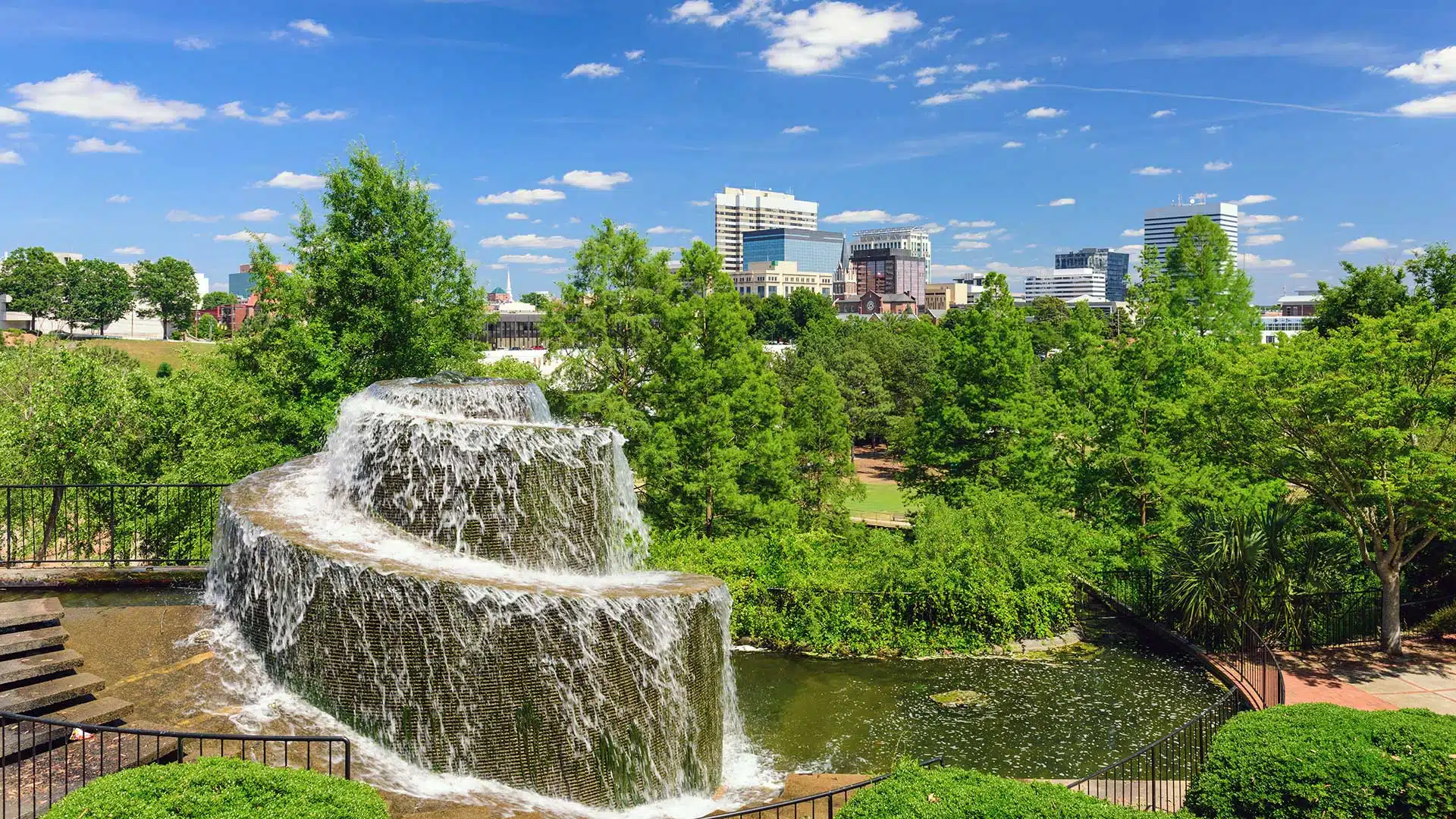
Marriott Traveler. November 2023. Sitting at the confluence of the Saluda and Broad rivers, scenic Columbia, South Carolina, is marked by waterfront landscapes, historic buildings and revitalized neighborhoods. Not only can you browse the capital’s morning markets, savor fresh Carolina seafood and enrich yourself on Civil Rights trails, but you can also experience outdoor adventures […]
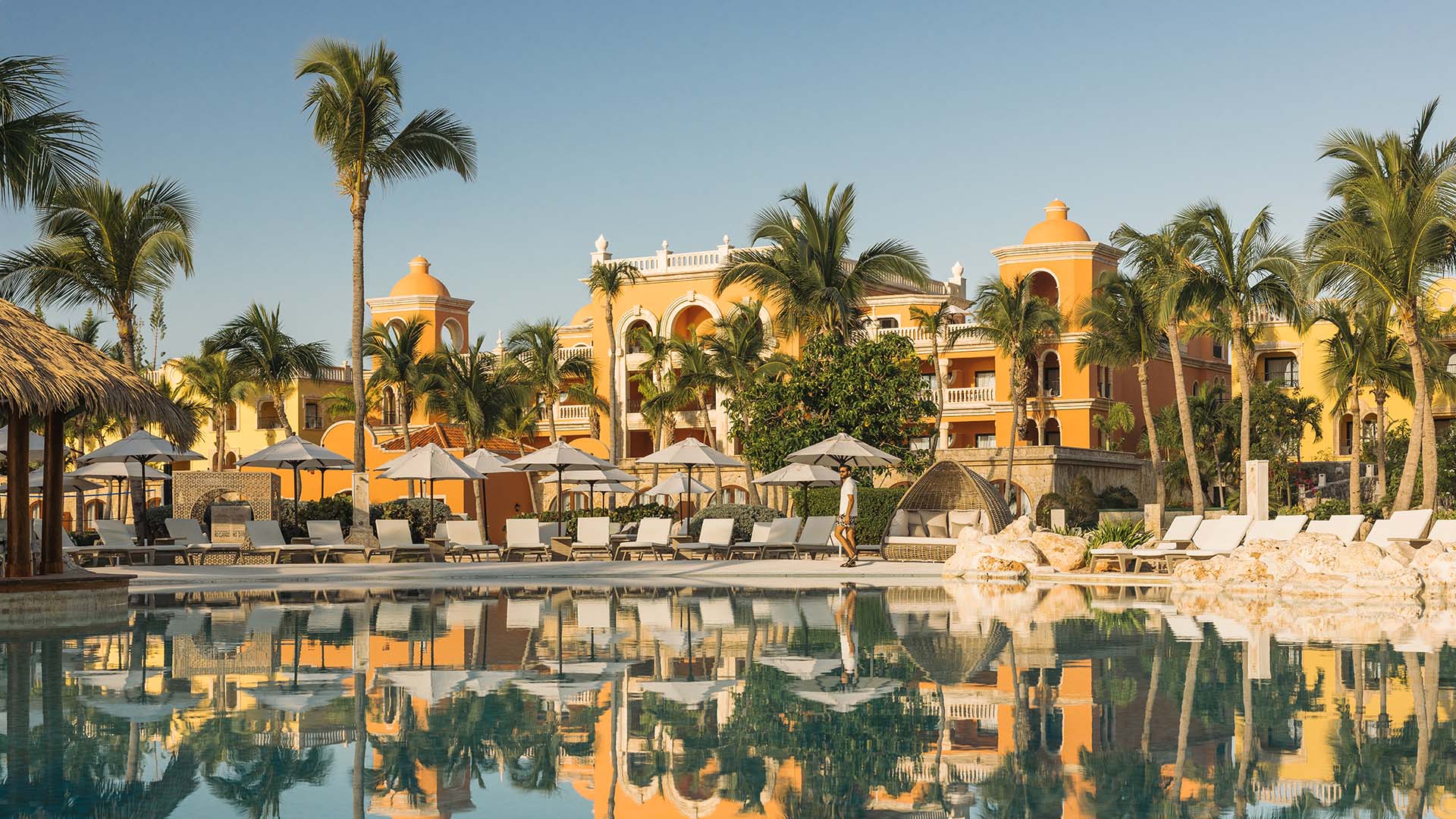
Marriott Bonvoy Traveler. November 2023. What’s better than sharing the holidays with your loved ones in a warm and sunny destination? Allowing someone else to do the cooking and cleanup. At all-inclusive resorts, you can leave the headache of planning meals, keeping everyone entertained and coordinating logistics to the professionals. From adults-only to family-friendly, these […]

Marriott Traveler. August 2023. Combining business travel with leisure (bleisure) does not have to be complicated. Whether you are extending your work trip to explore your destination or interweaving work and play, having a well-packed suitcase will give you the convenience and flexibility to be productive and adventurous. Check out these strategic packing tips for […]
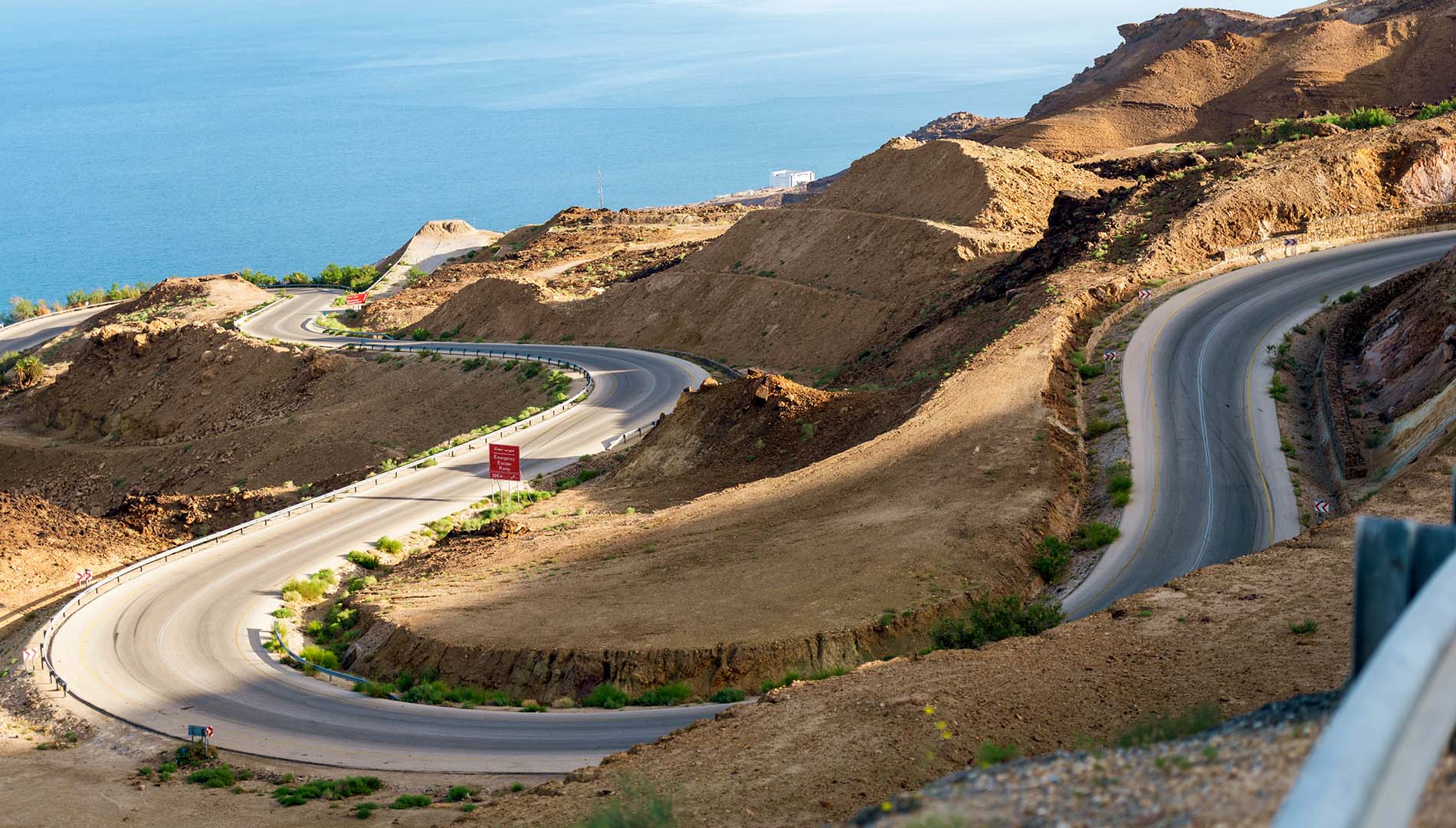
Marriott Bonvoy Traveler. April 2023. One of the best ways to explore the country of Jordan is by taking a road trip along the Dead Sea. On the winding road that runs along the coastline, you can watch the dramatic scenery change from arid deserts and rocky cliffs to serene turquoise-blue sea. With detours to […]

Marriott Bonvoy Traveler. April 2023. There’s no other place in the world where you can float in saltwater far below sea level and witness out-of-this-world landscapes within a short distance. From walking through one of the seven wonders of the modern world and stepping back in history to tasting authentic local dishes under the desert […]
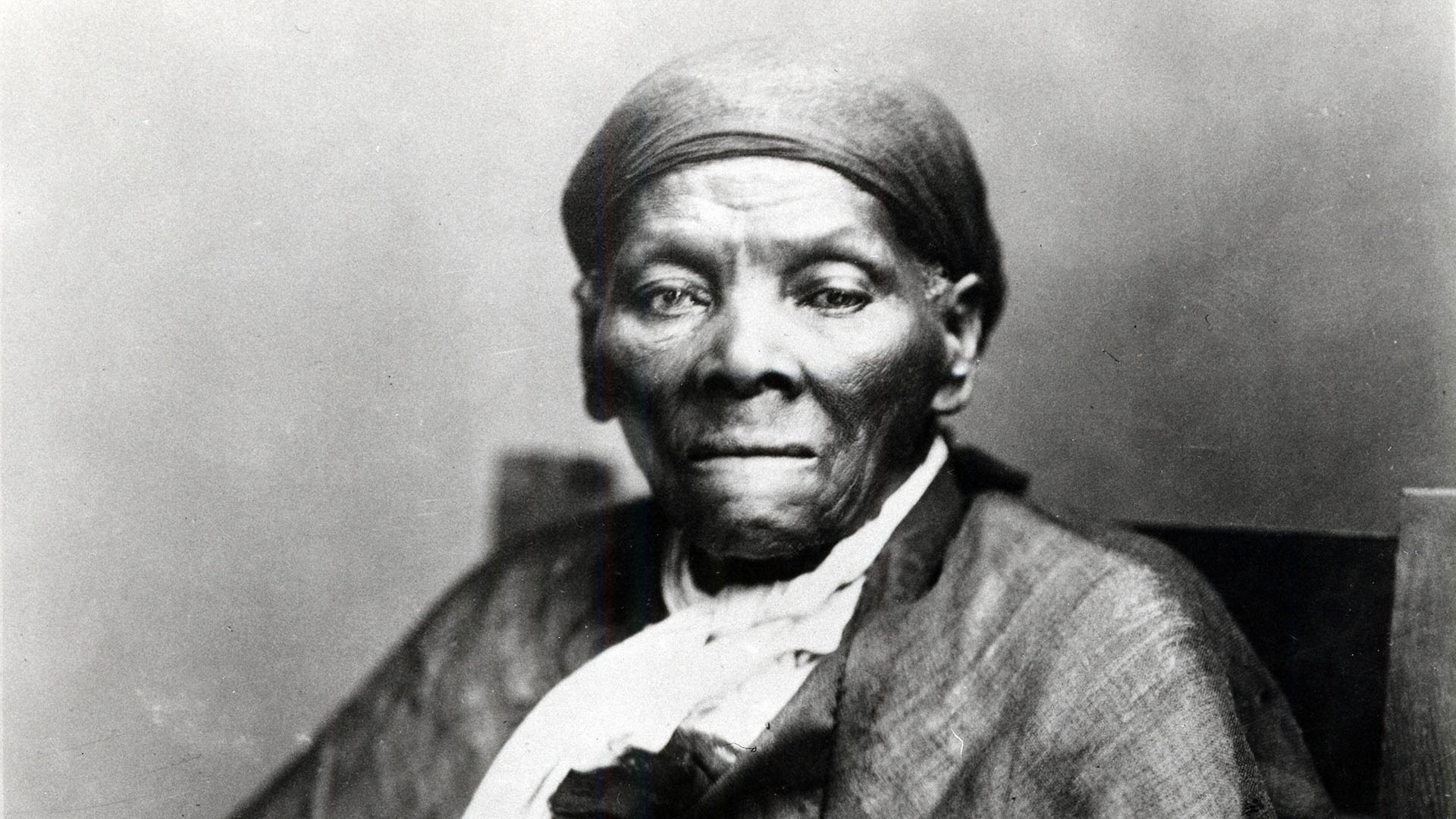
Marriott Bonvoy Traveler. Feb 2023. Harriet Tubman Davis not only escaped slavery herself, but she also became one of the most important abolitionists in U.S. history and helped approximately 70 enslaved people reach freedom. Tubman also served as a cook, spy and armed scout for the Union forces during the Civil War — making her […]
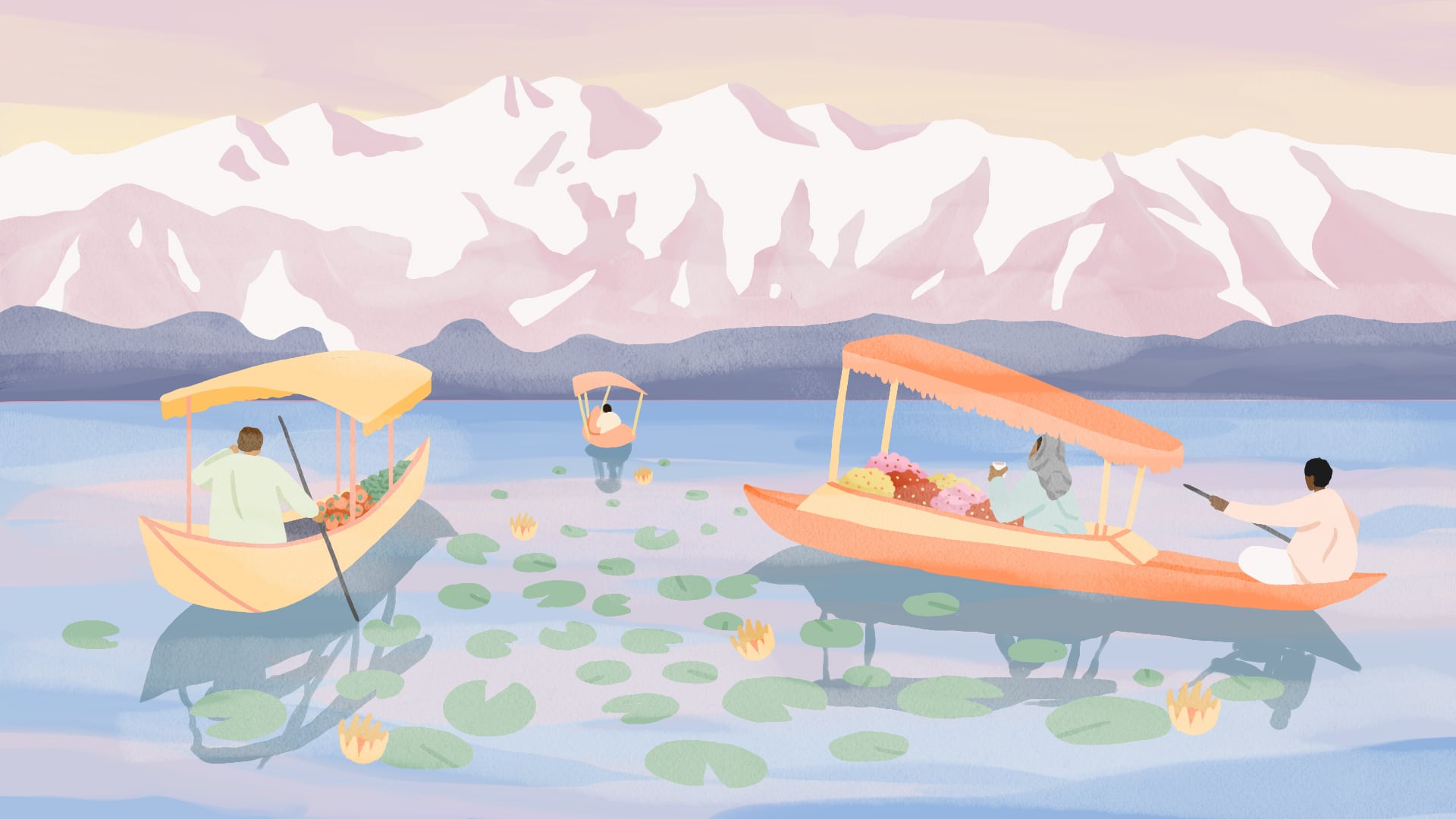
Marriott Bonvoy Traveler. Oct 2022 I wake up at 4 a.m. to the sound of an imam chanting the Muslim call to prayer from the loudspeaker of a nearby mosque in Srinagar, India. At this early hour, darkness still envelops the city, the largest in India’s northernmost state of Jammu and Kashmir. Normally, I am […]
